Full text
PDF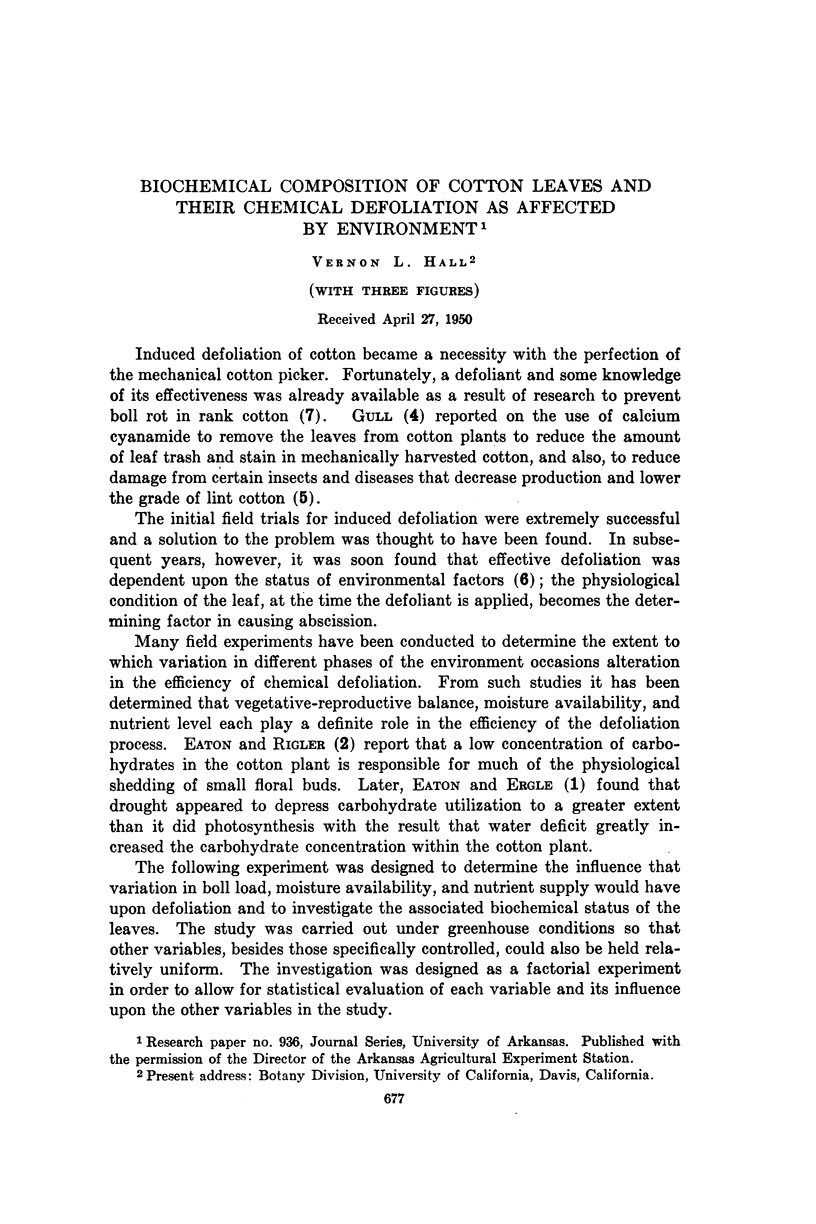
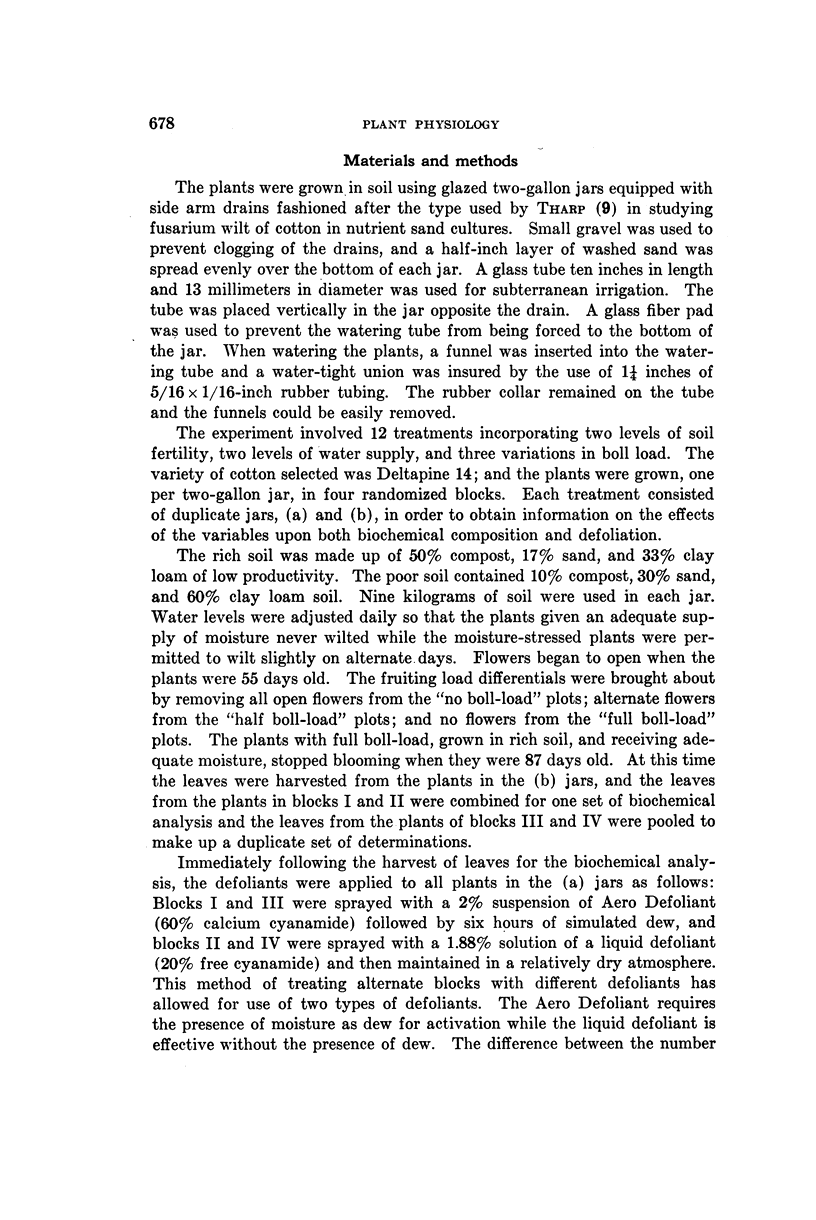
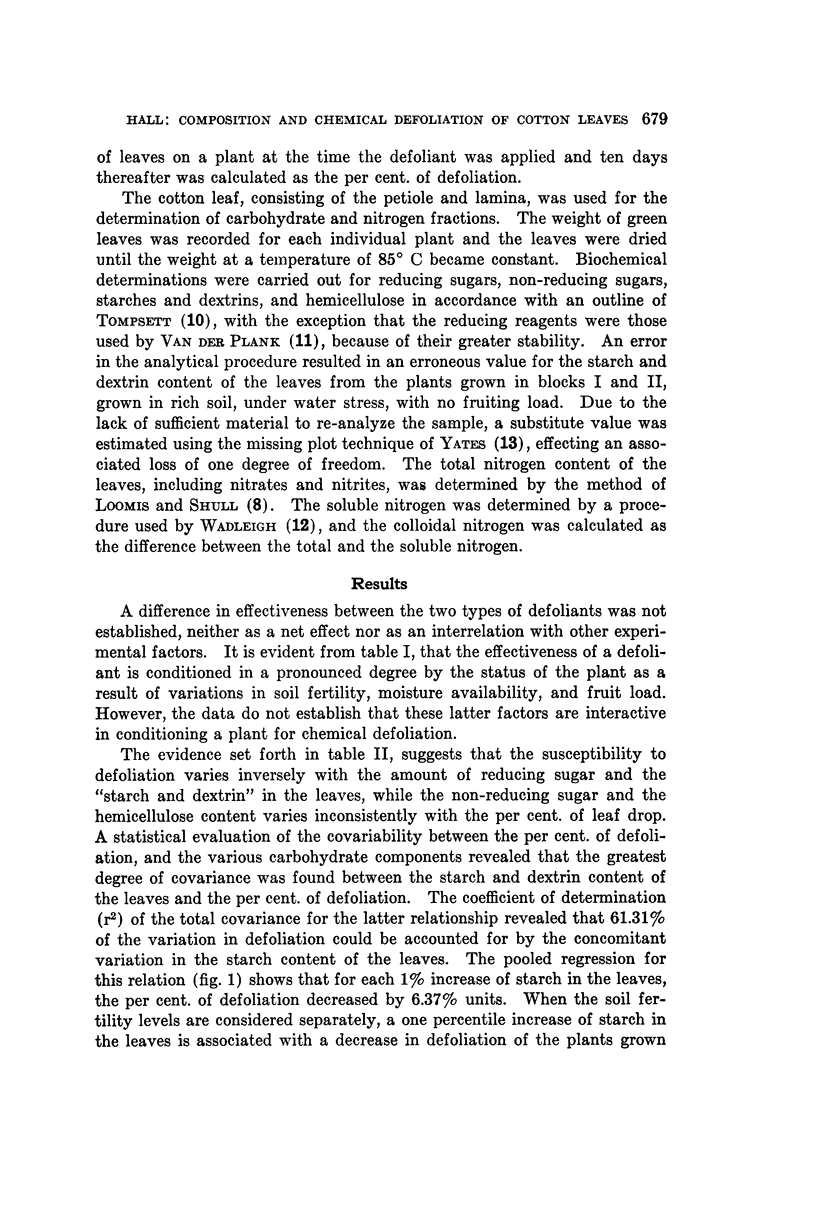
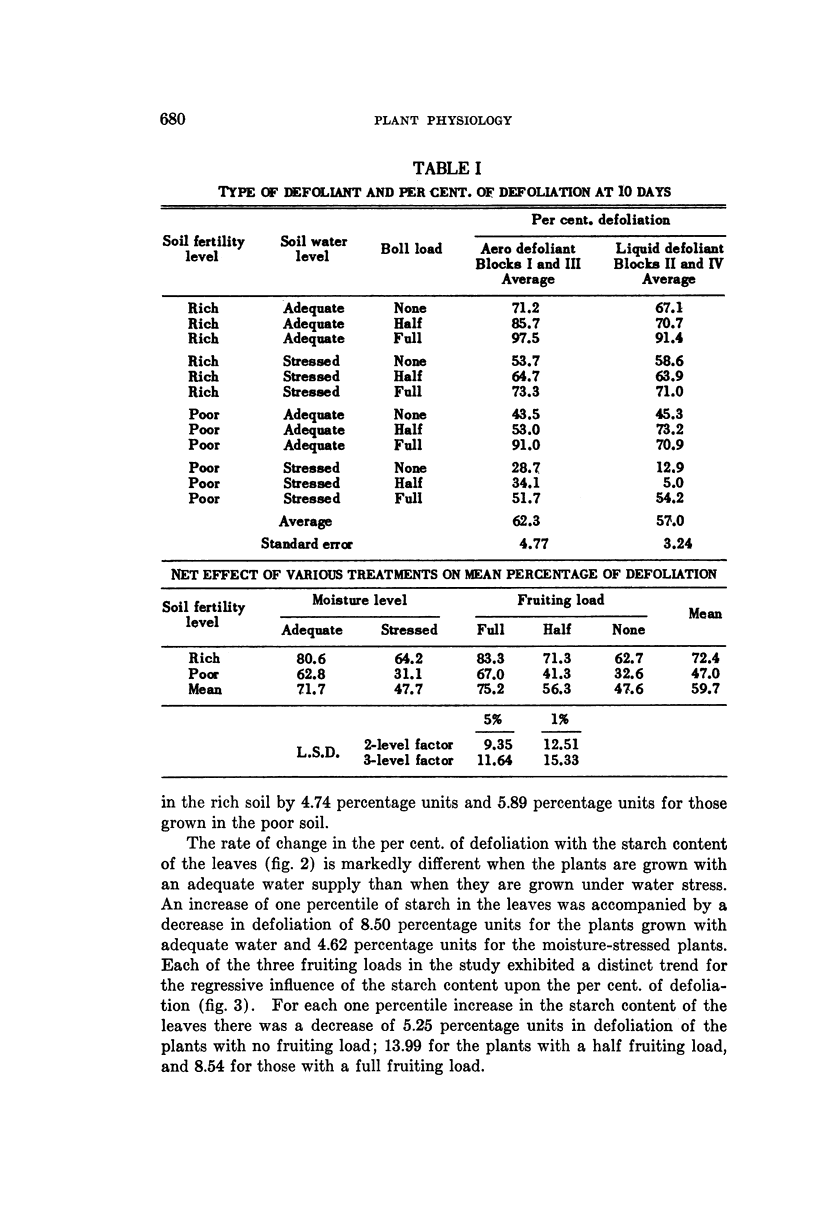
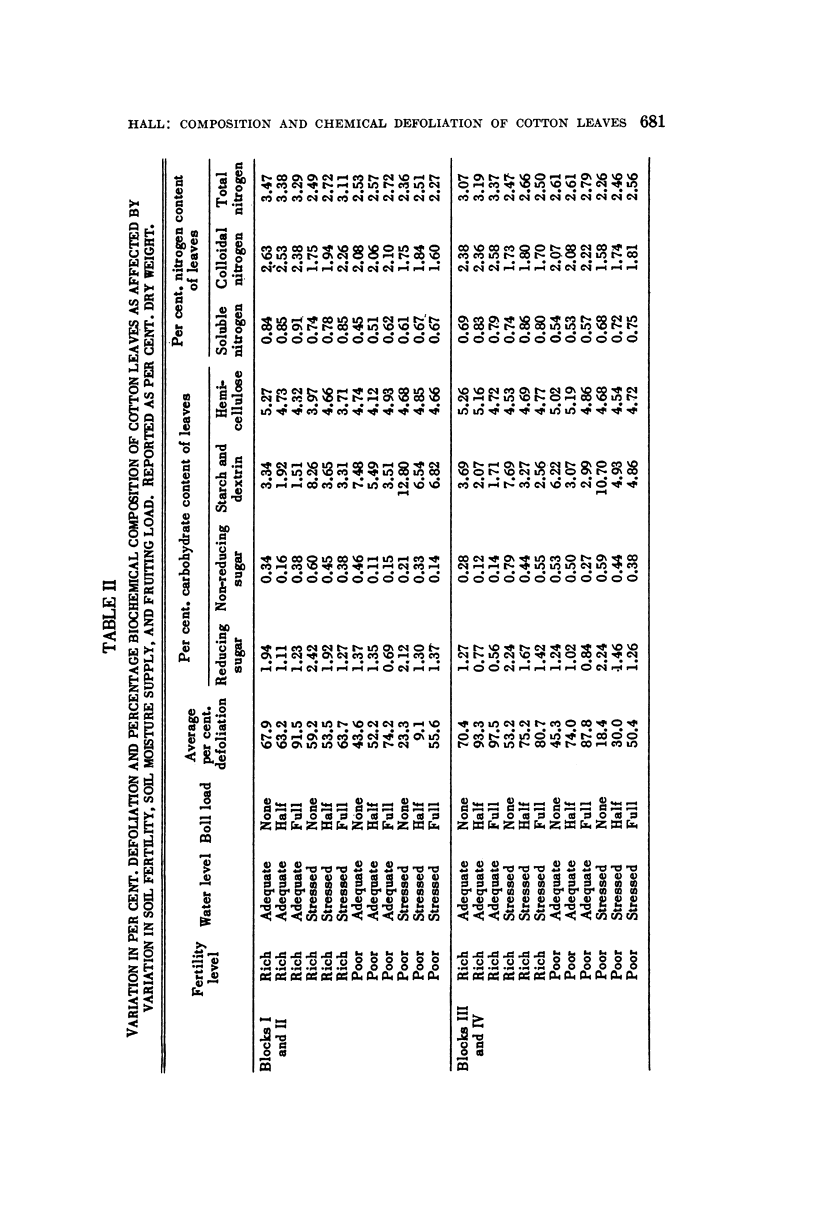
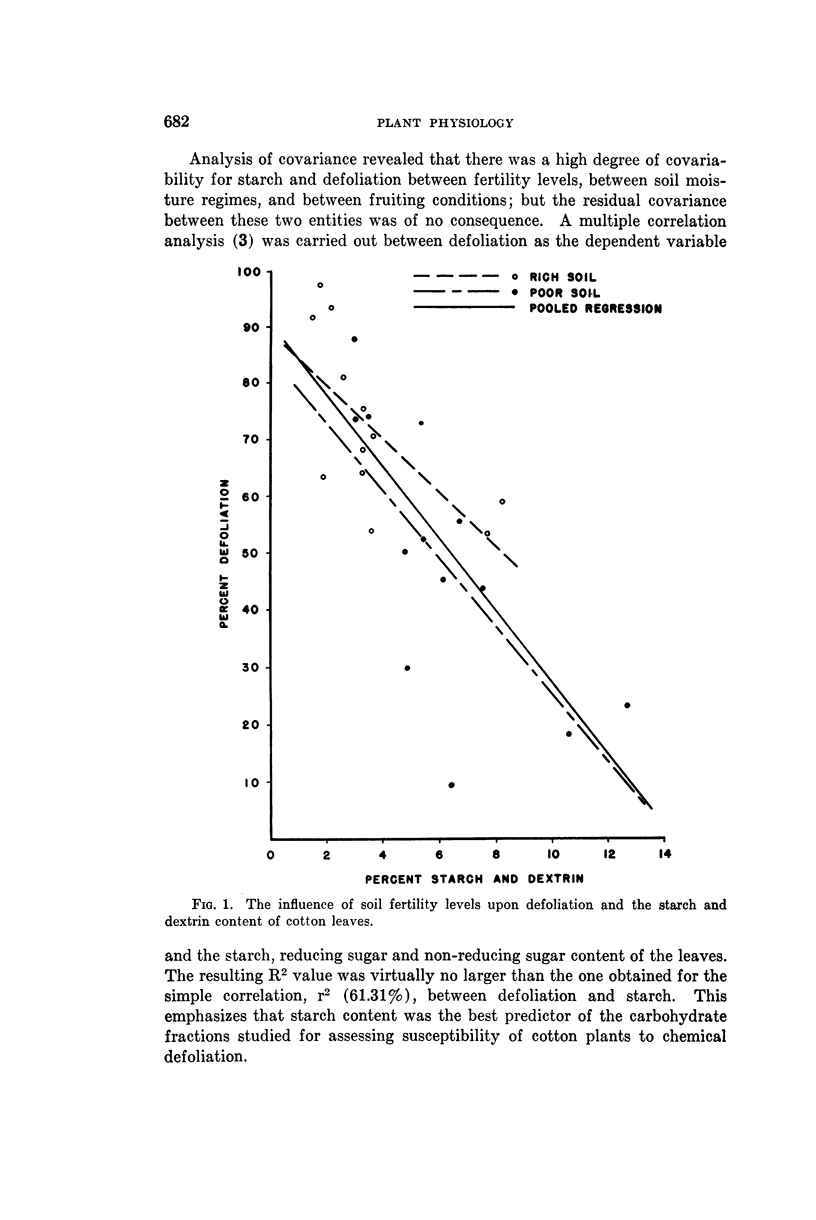
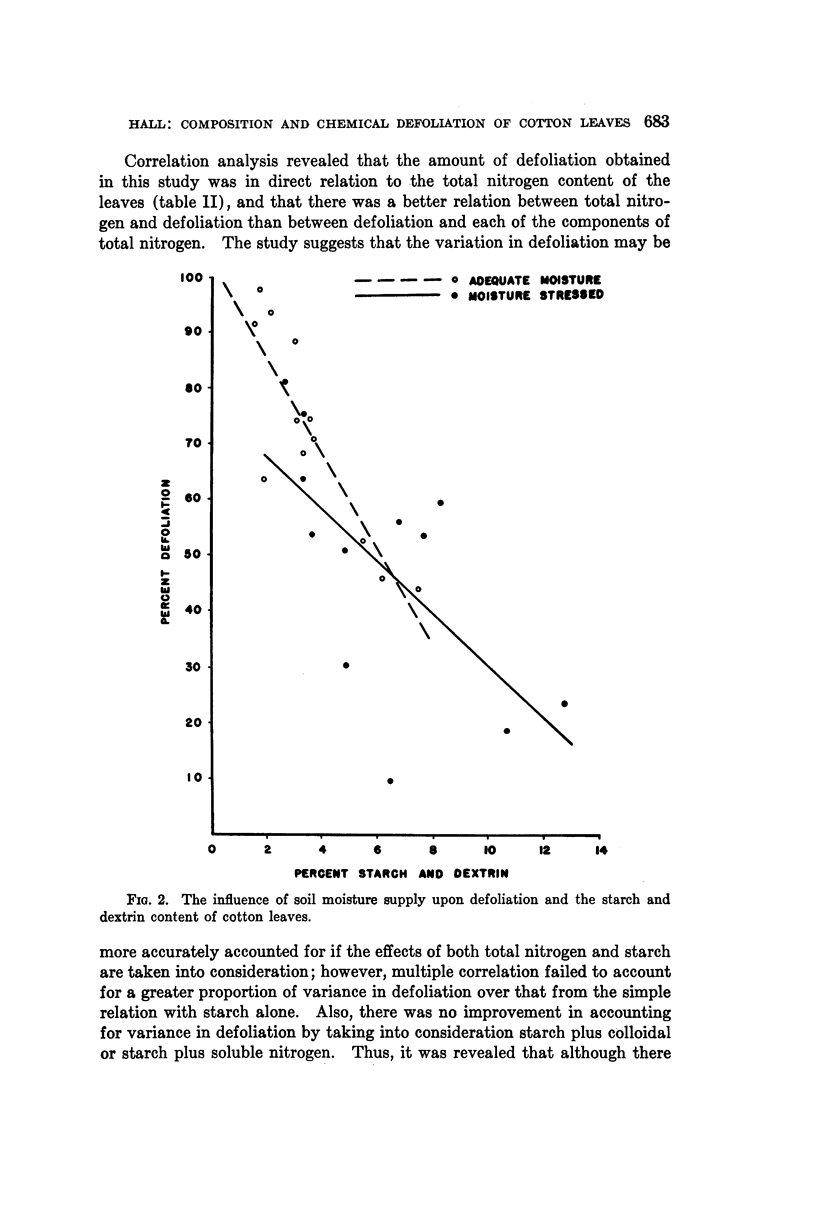
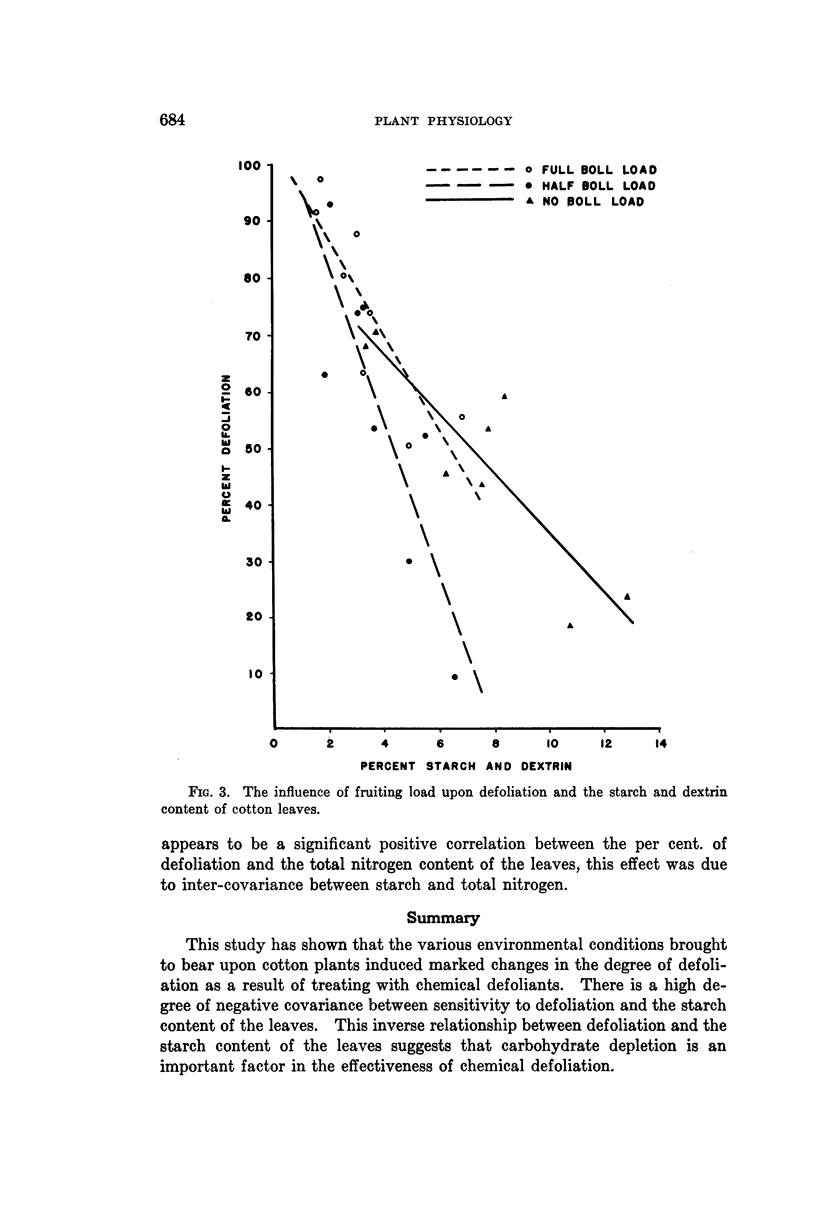
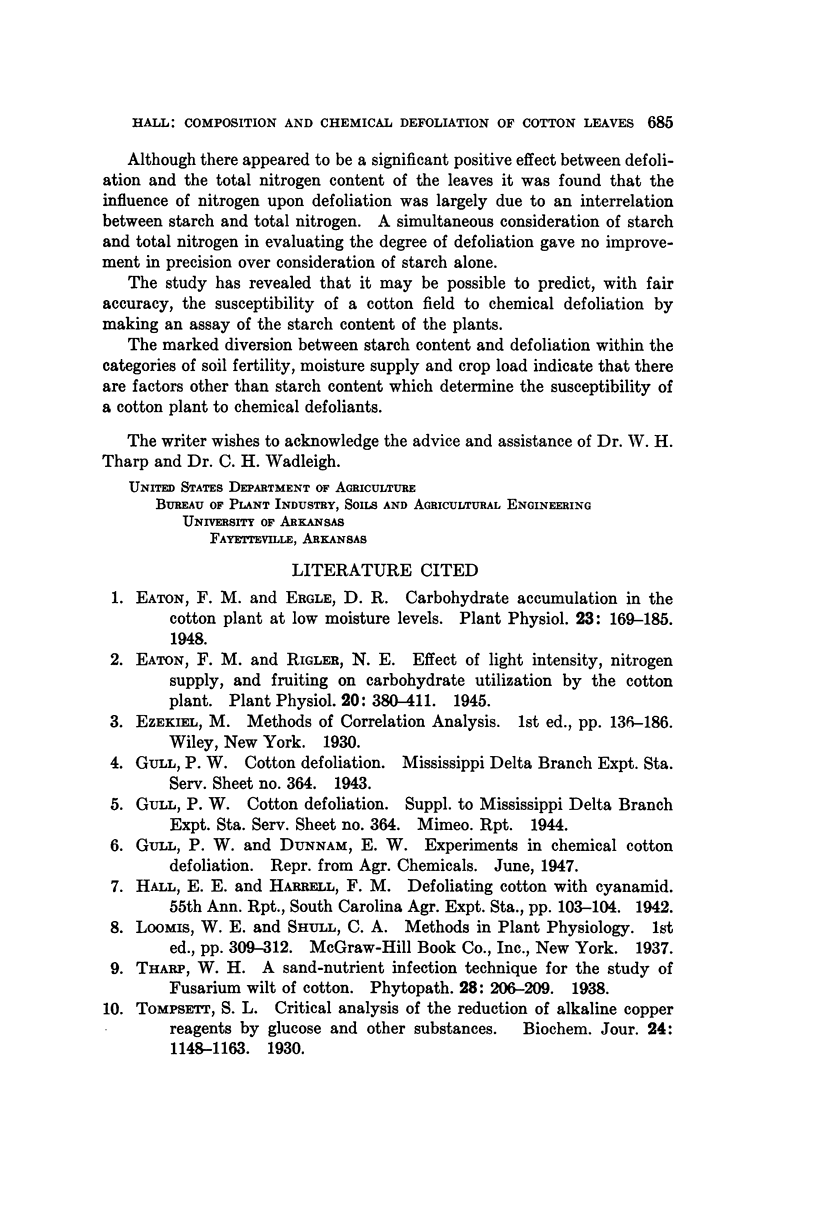
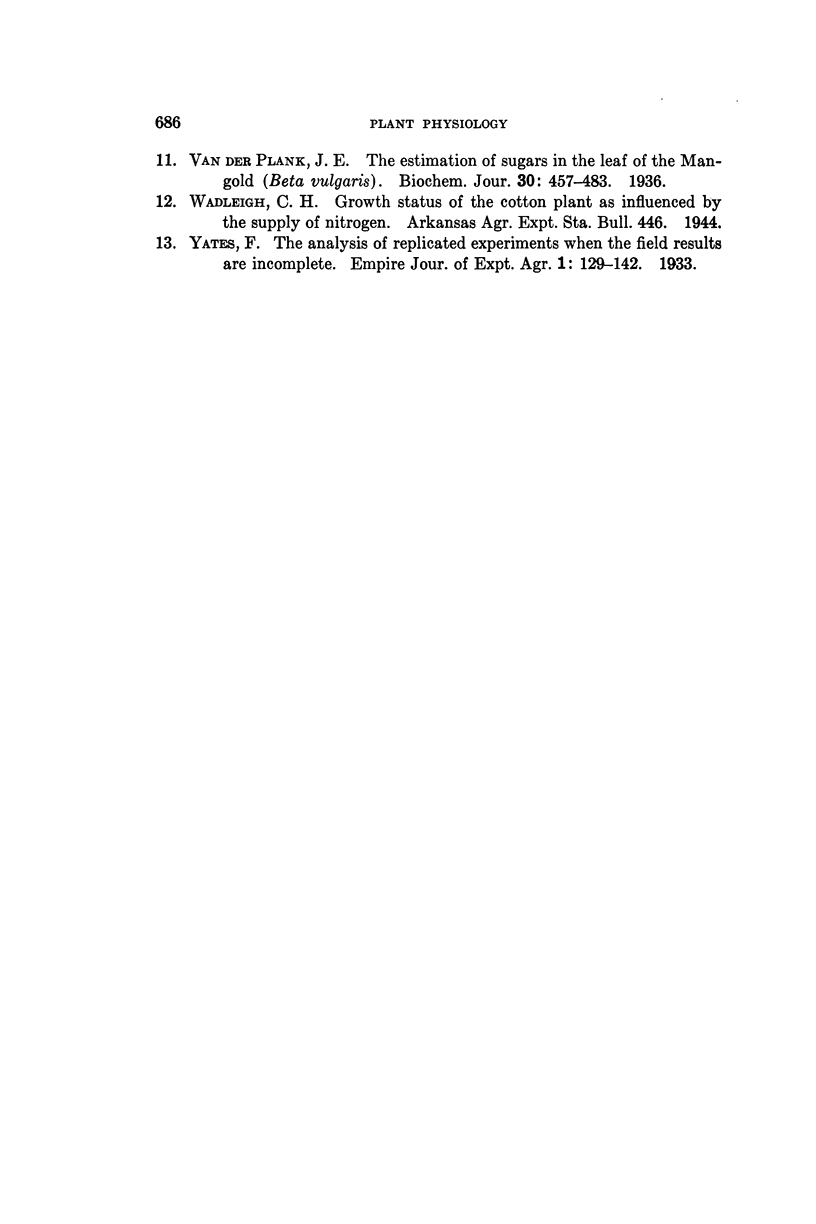
Selected References
These references are in PubMed. This may not be the complete list of references from this article.
- Eaton F. M., Ergle D. R. CARBOHYDRATE ACCUMULATION IN THE COTTON PLANT AT LOW MOISTURE LEVELS. Plant Physiol. 1948 Apr;23(2):169–187. doi: 10.1104/pp.23.2.169. [DOI] [PMC free article] [PubMed] [Google Scholar]
- Eaton F. M., Rigler N. E. EFFECT OF LIGHT INTENSITY, NITROGEN SUPPLY, AND FRUITING ON CARBOHYDRATE UTILIZATION BY THE COTTON PLANT. Plant Physiol. 1945 Jul;20(3):380–411. doi: 10.1104/pp.20.3.380. [DOI] [PMC free article] [PubMed] [Google Scholar]
- Tompsett S. L. The determination of blood-sugar: Critical analysis of the reduction of alkaline copper reagents by glucose and other substances. Biochem J. 1930;24(4):1148–1163. doi: 10.1042/bj0241148. [DOI] [PMC free article] [PubMed] [Google Scholar]
- Van Der Plank J. E. The estimation of sugars in the leaf of the mangold (Beta vulgaris): Methods for the estimation of fructose, glucose and sucrose. II. The use of basic lead acetate, charcoal and yeast to avoid interference by substances other than sugars. III. Note on the application of copper reagents to unclarified extracts. IV. Tests for the presence of raffinose, maltose, galactose and pentose. Biochem J. 1936 Mar;30(3):457–483. [PMC free article] [PubMed] [Google Scholar]


